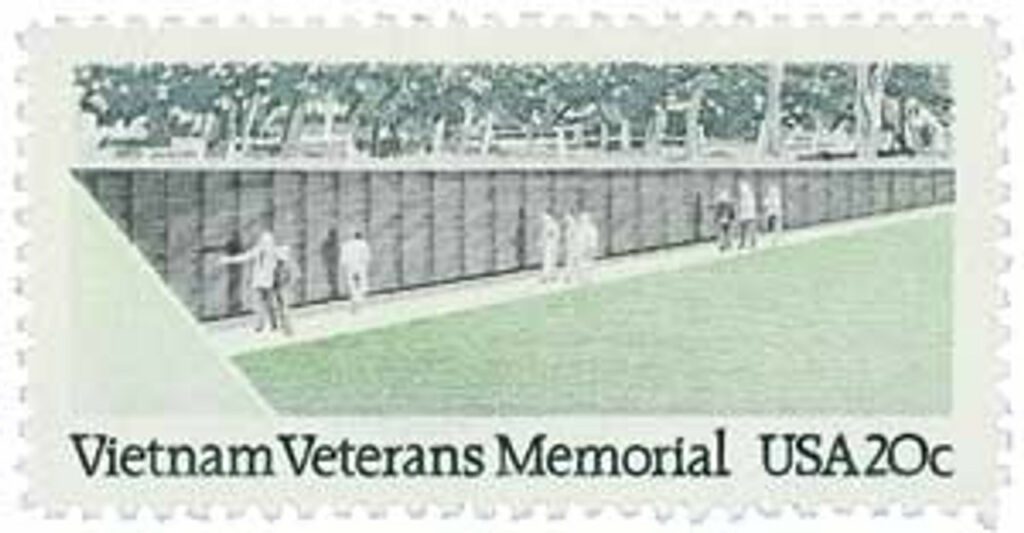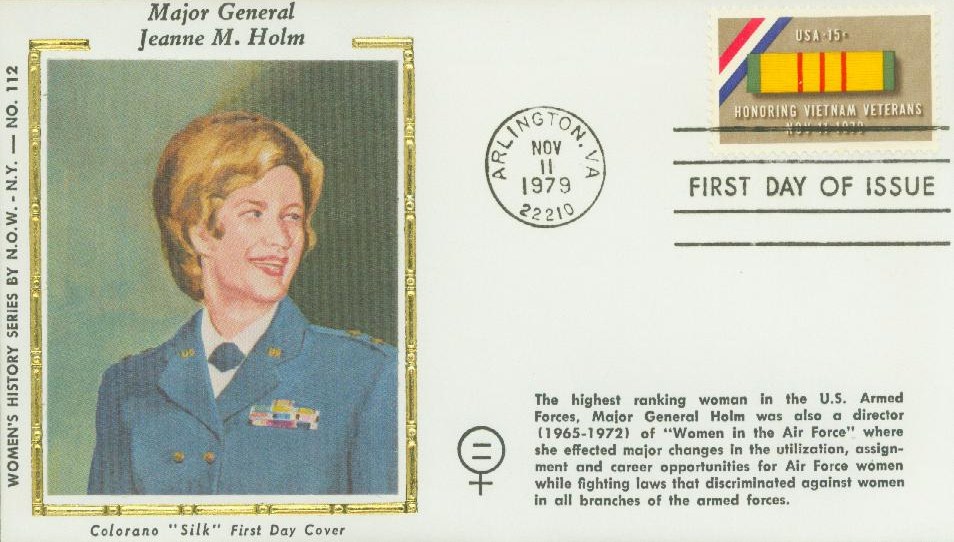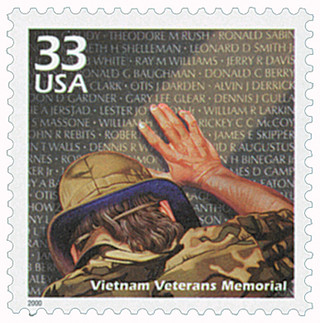Battle of Khe Sanh

On January 21, 1968, one of the most controversial and highly publicized battles of the Vietnam War began at Khe Sanh Combat Base (KSCB) in South Vietnam.
The site of a former French fort, Khe Sanh Combat Base was built by Green Berets in 1964. The Marines eventually expanded and took over Khe Sanh, while the Green Berets built a smaller camp halfway between the base and Laos at Lang Vei.
In April 1967, US Marines began to encounter North Vietnamese Army (NVA) troops in the hills surrounding Khe Sanh. To prevent enemy troops from holding these positions, and thereby observing the base, American troops had to be stationed on the surrounding hills at all hours. This increased American presence led to a lull in fighting on the hills.
In the second half of 1967, the NVA and NLF (National Liberation Front) began launching attacks along the border of South Vietnam. However, these attacks were different – the North Vietnamese normally launched hit-and-run skirmishes, but were now fighting longer-lasting, bloody battles. The combination of hill and border battles, as well as reports of significant enemy build up in the area, led General William Westmoreland to call in reinforcements. Then, on January 20, 1968, an NVA lieutenant defected to the base and informed the Marines of their plans to attack Khe Sanh and the nearby hills.
Shortly after midnight on January 21, the NVA launched their first attack on Hill 861. However, the Marines knew the attack was coming and were prepared, launching extensive artillery fire. In spite of this, the NVA made it through the perimeter but were eventually forced back out after close-quarters combat.
Next came a massive mortar and rocket barrage on the main base that destroyed most of the above ground buildings. Some of these shells hit the base’s main ammunition dump, sending mortar flying into the air that then exploded when it landed. Even hours after the bombardment was over, fires raged around the base, igniting C-4 and causing more explosions.
At the same time as the bombardment of the base, NVA troops attacked the village of Khe Sanh. A group of 160 local troops and 15 American advisors protected the village until they could evacuate. The NVA then took full control of the village the next morning.

In the coming days, American and South Vietnamese (ARVN) reinforcements arrived at Khe Sanh and dug-in as the NVA launched a merciless artillery bombardment. The troops at Khe Sanh hoped that the upcoming Tet holiday truce would give them a break from the attacks, but they soon received word that the truce had been called off. Worse, the NVA launched their Tet Offensive on January 30, striking over 100 cities across Vietnam. Westmoreland was convinced that the Tet Offensive was staged as a distraction from the real threat at Khe Sanh. President Lyndon Johnson was swayed by Westmoreland’s belief in the importance of Khe Sanh and ordered all military personnel to hold the base at all costs.
Within days of the first attacks on Khe Sanh, US commanders began planning for a possible overland relief mission – Operation Pegasus. The operation began on April 1 with Marines leading a ground assault out of Ca Lu, while cavalry units launched air assaults. Along the way, these troops established fire support bases and repaired the largely destroyed Route 9. They faced little enemy opposition in the first few days, but soon found themselves engaged in daylong battles as they neared Khe Sanh. The cavalry managed to capture the old French fort near Khe Sanh on April 7 and linked up with the Marines in KSCB on the morning of April 8. Route 9 was finally reopened on April 11 and Operation Pegasus ended on April 15.
For the next two months, US Marines conducted search and destroy operations in the area. Then in early June, General Creighton Abrams replaced Westmoreland. Abrams did not want to see another battle of Khe Sanh, so he ordered the evacuation and destruction of the KSCB. The Marines removed anything useful and destroyed the rest. The NVA quickly entered the base on July 9 and raised their flag. The Battle for Khe Sanh, as well as the Tet Offensive, made 1968 the bloodiest year of the war for the American military.





You can’t say that the USPS ever forgot about the Vietnam War. Very Nice Presentation throughout the years!
The TET offensive was actually a bad military defeat for the North Vietnamese. They had
huge numbers of dead and wounded NVA and Viet Cong. They failed to gain anything EXCEPT
have the Liberal Communist sympathetic press and TV evening news telling us that the
Communist had won everything. There was a love, at the time and maybe still today, to romanticize Ho Chi Minh, Che and Fidel Castro as they good revolutionaries when they were actually cold blooded killers. Ho Chi Minh would gladly have sacrificed 10 million of his people
to gain control of all of Vietnam. Communist have never cared about their people ONLY about
total power.
“Liberal Communistic sympathetic press and TV?” You sound like a Trump supporter with his idiotic statements about “fake news” and the biased mainstream media. I would make further comments about your post, Kenneth, but I really don’t care to refight U.S. participation in the Vietnam War.
I was there! I was disappointed that you didn’t identify my unit, the First Air Cavalry Division as the”cav” in your story. Also the rest help we got from the USAF B-52 bombers and the USN close air support. It was the 1st Cav that took back The Sanh as well as Hue.
The Tet Offensive was in fact a huge military victory that the politicians took away from us.
Mr Gaunt sounds like a person who stuck it out in Canada
“Mr. Gaunt” is a history teacher who realizes, as most people do, that the Vietnam War was really a civil war and American participation was a tragic mistake. This in no way disparages the soldiers, marines, sailors, and airmen who laid their lives on the line to do what America said was their duty. I did not serve in the military, but I have many friends that did, and two close friends now have their names inscribed on the Vietnam Memorial wall in Washington, D.C.